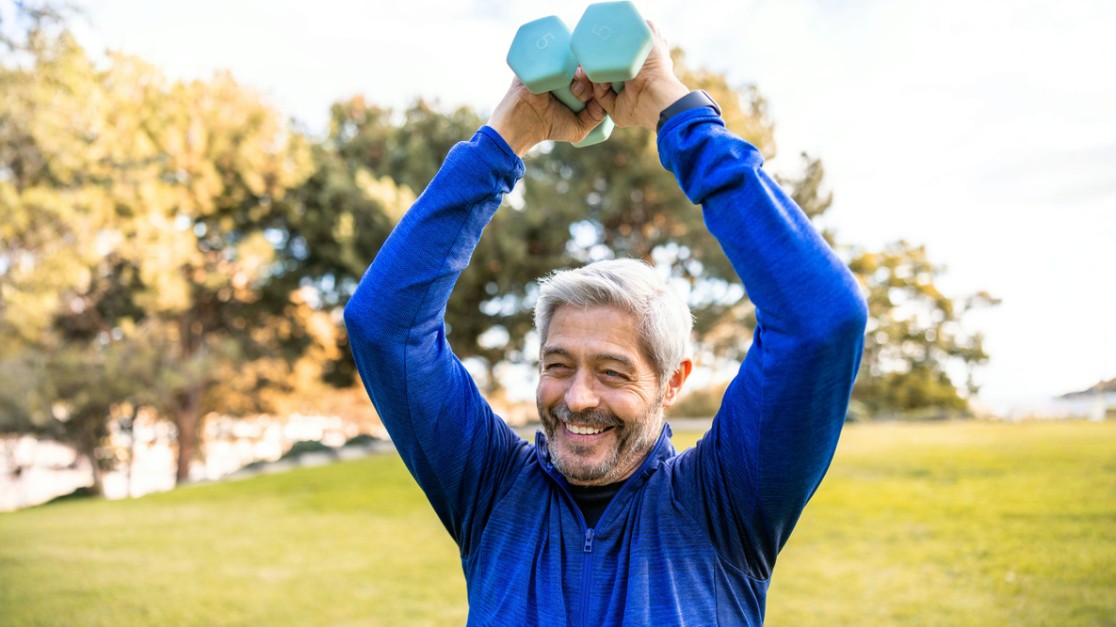Athletic Shoulder Injury Causes and Treatments
APR 18, 2025Shoulder injuries are more prevalent in sports and occupations that involve repetitive overhead motions. At-home treatments can help, but for more serious pain, see a physician.
Read More
Unfortunately even with prevention, ACL tears do occur. Almost all ACL tears will need to be repaired surgically, only a small percentage of the population will elect to non-surgically treat the ACL. Your doctor will discuss all your treatment options with you, including the different types of tissue grafts they can use to repair and replace the ACL. Most doctors will want you to wait several weeks between injury and surgery in order to strengthen your knee prior to surgery. Our mantra is “the stronger you are going into surgery, the stronger you are coming out of surgery”. It’s important that you have great muscle strength before surgery as you lose a great deal during and it is a long recovery. The more muscle strength and stamina you have helps lessen the initial few weeks of slow improvement as well as limits your swelling and pain levels.
An ACL repair will take anywhere from 6-9 months recovery time. The length depends on the age, activity level and strength of the patient. Females tend to have a higher incidence of ACL tears and re-tears and as a result we are seeing female patients trend towards the higher end of the time frame. It’s important that the patient pushes themselves as much as they can, but also safely.
Rehabilitation consists of reduction of pain, restoration of range of motion, muscle strengthening, and functional activity. Your first month or so will be pain management and working on bending and straightening the knee. This tends to be the most boring and monotonous but is the most helpful in the long run! Once we restore range of motion and reduce that swelling we can really get into muscle strengthening. Most of these activities will be just using your own body weight with no additional weights involved. You’ll be surprised how challenging just using your own body can be!
After about 3-4 months you will be able to start the running process which tends to be a big bench mark for people and one that makes them extremely happy once they hit that mark. This is where you start to see that light at the end of the tunnel. The next few months are focusing on higher impact activities and beginning to return to sport specific training. As a clinician this is where creativity comes through and you get to have fun with your patient challenging them daily.
Rehabilitation is extremely important for retraining your body. Most of us have bad habits or bad bio-mechanics somewhere and this helps us to correct those mistakes as we go, setting you up for the most long-term success with surgery. This can be an extremely long process and gets frustrating at times. It’s important to make sure that you keep a positive attitude throughout the process and your therapist will keep one as well! Throughout the process there will be good days and bad days- days where you don’t feel great, or you get frustrated with what you can/can’t do, or it’s a hard day. That’s okay. These days will happen. It’s a journey and you will get there! Enjoy the process!

Shoulder injuries are more prevalent in sports and occupations that involve repetitive overhead motions. At-home treatments can help, but for more serious pain, see a physician.
Read More
Knee injuries are becoming more problematic in the athletic population. Our orthopedic surgeon discusses common knee injuries, treatments, and what to expect at your orthopedic appointment
Read More
Our orthopedic sports medicine specialist explains why stretching is your best defense against muscle strains and stiffness in the winter.
Read MoreWhen you need local health information from a trusted source, turn to the CHI Health Better You eNewsletter.